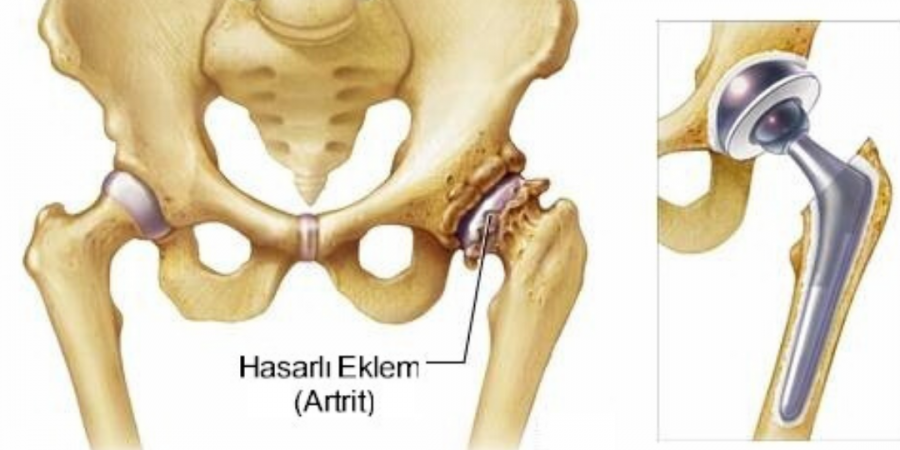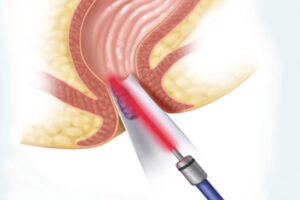Knee and Hip Joint Prosthesis Operations
With the effect of advancing age and calcification, the worn joint surfaces make joint movements painful. It also causes moderate or severe limitation in joint range of motion. There may also be an externally noticeable curvature and shortening of the leg.
With prosthetic surgeries, the worn surfaces of the hip and knee joints are replaced. With prosthesis and smooth slippery surfaces are obtained. Pain and deformities are eliminated. In addition, the normal anatomical shape and length of the leg is gained.
Even if the preoperative joint range of motion is a very important determinant. The widest possible range of motion can be achieved with a well-placed prosthesis. Along with the precision in the placement of the prosthesis, the quality of the prosthesis is the most important factor in the longevity of the joint prosthesis.
Prosthetic Surgery Planning
In order to get the best efficiency from the prosthesis, to maintain the painless and natural movement ability for a long time, and to ensure a long durability of the prosthesis, general rules are clear and careful planning is made by taking these into account in all surgeries.
These plans are tried to be implemented in the best way in the surgery. But every joint has different, custom-measured angles and lengths. Naturally, these measurements are different for each patient. As a result, we can say that a different operation is performed for each patient based on the same basic principles.
What are the Differences in Robotic Prosthesis Surgery?
While planning prosthesis surgery with the classical method, x-rays are studied. X-rays give us a two-dimensional image, like a photograph.
Computed tomography, on the other hand, provides us with three-dimensional images formed by superimposing many two-dimensional sections using a computer program. On the computer running the robot. This three-dimensional and highly detailed image shows the anatomy of the entire leg, from the hip joint to the ankle joint.
After the pre-operative plan created on the computer is evaluated by your doctor and the necessary final corrections are made, you will be ready for the surgery.
How is the Robot Used in Joint Prosthesis? What is the Function of the Robot?
One of the most important factors affecting the success of the surgery is the good planning of the prosthesis before the operation and its placement in accordance with this plan.
In standard prosthesis surgeries, evaluation and measurements and planning are made on x-rays. But today, it is made on three-dimensional bone models created after the computerized tomography images taken with a special method in the most advanced robotic technology are uploaded to the computer.
These three-dimensional models show not only the relevant joint, but also the anatomy of the entire leg, from the hip to the foot. The most appropriate placement of the most suitable sized prosthesis is done in this computerized virtual environment before the surgery.
With millimetric interventions, the most appropriate placement for the patient’s anatomy is determined and recorded. During the operation, the real bone anatomy of the patient is matched exactly with the model on the computer. Then, the surgery is performed with millimetric precision with the help of surgical instruments mounted on the robotic arm.
Robot or Surgeon Performing the Surgery?
The surgeon does the surgery, not the robot. The robot brings the bone cutter and shaver tools mounted on it to the predetermined positions. It prevents it from working outside of these locations.
In this way, it is completed in accordance with the plan made before the surgery. In this way, the robot helps every prosthesis surgery to be performed with the same precision and precision.







